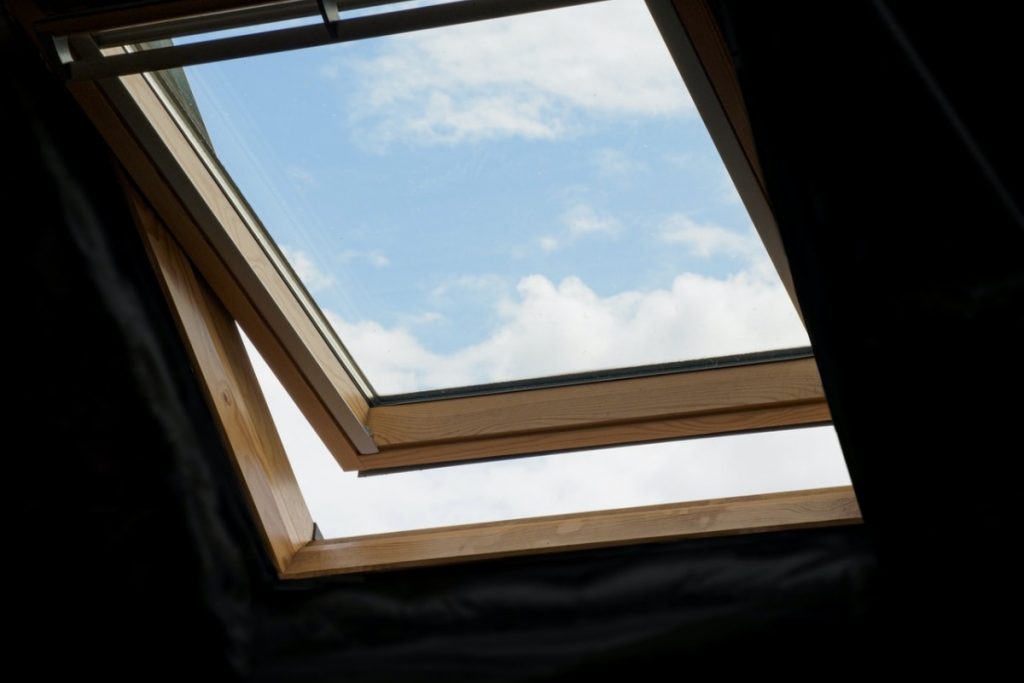Skylight or roof window might be ideal if you want to add elegance and charm to your house. However, a well-designed skylight has many advantages, including aesthetics and elegance, potential energy savings, and health benefits.
Roof windows or skylights may provide a variety of benefits to homeowners. It will improve your home’s ambiance and fix some problems in damp, dark, or stuffy spaces. Installing a skylight or roof window to your home requires some preparation. Here is your quick guide on how to install a skylight or roof window in your home.
Planning
Before adding your skylight or roof window, you have to plan from the materials up to installation. When preparing a skylight project, remember to follow the sun’s course. Skylights facing south or west on the roof may receive direct sunlight; skylights facing north or east do not receive direct sunlight. Choose the proper placement of the skylight or room window.
In addition, all the added natural light will mean everything will become visible — even dust and grime. Keep your home presentable and clean all the time by calling reputable cleaners. You can book well in advance if you have an upcoming gathering at home or expect essential guests.
Labour Costs
According to the size and scope of the roof window construction, the expense of hiring a contractor may differ. Another thing to think of before building a roof window is whether you require planning approval. While most roof window installations may not need planning approval, specific requirements may increase the construction expense.
The cost of skylight installation is determined by two significant factors: the form of skylight you choose and the installation phase. There are many considerations for the skylight installer to weigh within those two factors. Prices can vary according to the style of the
skylight and the form of the roof.
Skylight or Roof Window Brand
It’s also essential to consider the brand. The quality of a skylight or roof window is the most important for skylights or roof windows. Purchasing from the finest manufacturer that you can afford is the best option.
When buying skylights with high-quality glass warranties, you’re assured that it protects against leak and would not spill as long as it covers the glass. In addition, there are three types of skylights to be considered.
The most typical kind of skylight is a fixed skylight. It serves to add illumination to space and does not open or shut in some way. Since they are the most basic type of skylight, installing a fixed skylight would be much less expensive than installing a ventilated skylight.

Fixed Skylights
Fixed skylights are the most crucial choice and are suitable for assets that need more natural light. The increased exposure to sunlight will heat the atmosphere if there is no additional ventilation. Those considering installing a fixed skylight should understand their location; if you live in a hot climate, a skylight will need ventilation to avoid stagnant hot air.
Ventilating Skylights
There are three kinds of skylights that provide ventilation. Manually opening skylights, electric skylights, and solar skylights.
- Manually Opening Skylights — Manually opening skylights would be the most cost-effective and straightforward ventilating skylight option, requiring just a lock mechanism allowing people to open and shut as they choose.
- Electric Skylights — Electric skylights are more challenging to build since they depend on an electrical device to open and shut the skylight window, which necessitates a more detailed construction procedure and comes with remote control for service.
- Solar Skylight — Solar skylights are outfitted with a solar panel that consumes light and powers a fully concealed device. The electricity produced by the battery operates the skylight opener. A remote control is used to open and close the skylight. Solar skylights, which rely on the sun’s rays, are the most expensive.
Tubular
A tubular skylight captures the sun’s rays using a small rooftop dome. Tubular skylights, in essence, tend to illuminate the space indefinitely by collecting light from the ceiling. The light is then directed indoors through a highly efficient tube-shaped vent.
Tubular skylights are beneficial in narrow areas that lack natural light, such as hallways, walk-in closets, and other small spaces. Tubular skylights are usually less costly than other forms of skylights since they need fewer resources and labour.
Most people won’t need to get permission to add a skylight or a roof window in their home, as long as the following conditions are met: All the installed windows must be 150 millimetres below the existing plane. If you have excellent carpentry experience, carefully follow the manufacturer’s instructions; else, hire an expert.




